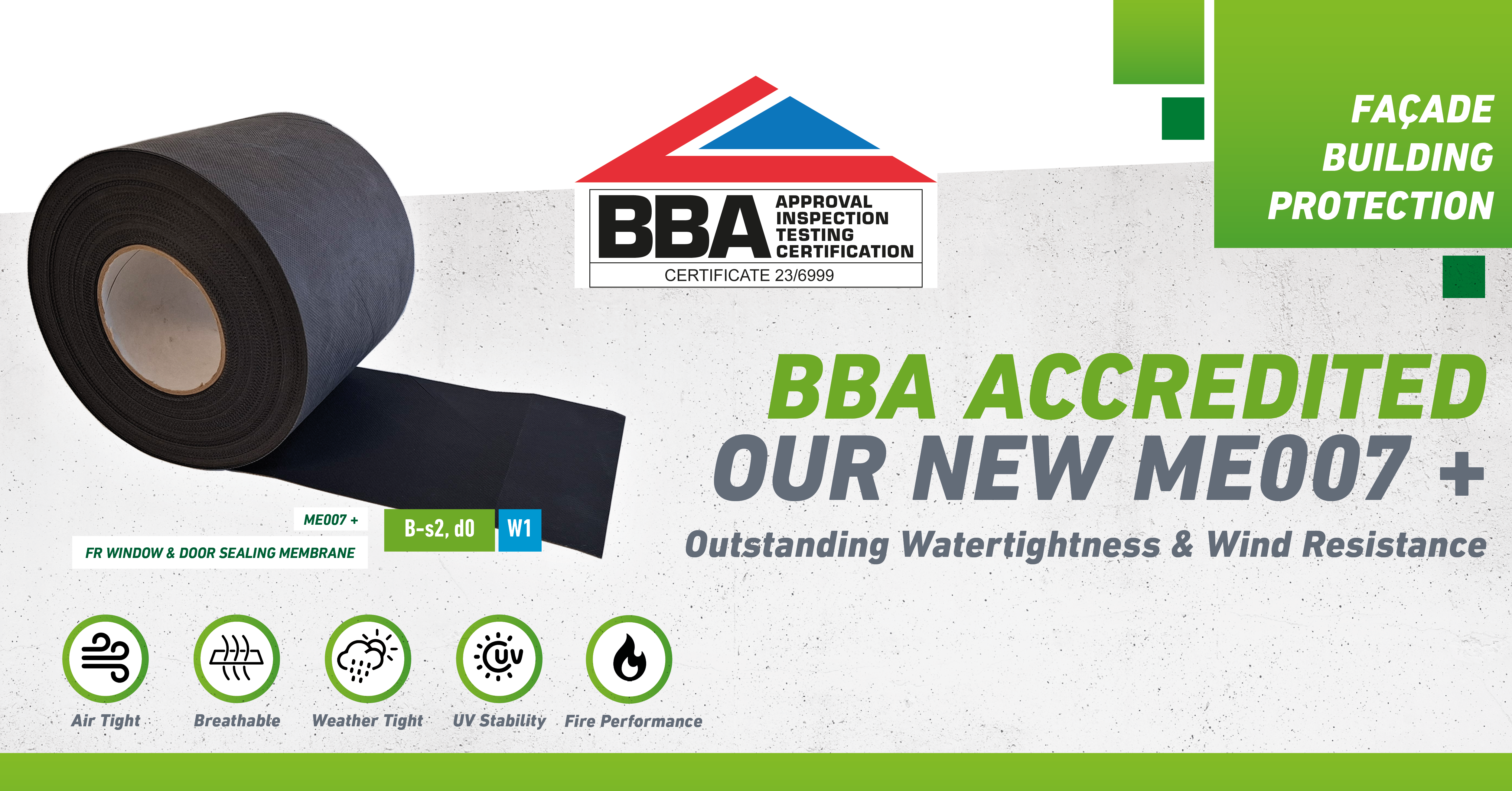Fabric First is the best way to build in compliance, sustainability, and energy efficiencies

Sustainable builds use to be the exception rather than the rule. However, thanks to shifting attitudes, together with stricter building regulations and the UK’s commitment to bring its greenhouse gas emissions to net zero by 2050, architects, contractors, and developers are under more pressure than ever to consider the long-term energy efficiency of all building designs from the outset of each projects.
With the recent amendments to Approved Document L 2010 (AD L 2010), the UK will see a shift in focus from June 2022, with a requirement for all new builds to be “nearly zero energy”. Supported by the Future Homes and Building Standards, the focus will aim to see a reduction in CO2 emissions of 27% in commercial buildings and up to a 30% decrease in dwellings across the UK.
The fabric first approach has been championed for many years within Passiv Haus projects across the UK and this approach to building design has already demonstrated the performance levels that can be achieved.
The fabric first approach simply focusses on maximizing the performance of the building’s external envelope, rather than relying on ‘add-on’ technologies to improve a building’s energy efficiency and sustainability credentials. Architects, specifiers, and main contractors will now primarily focus on maximizing the performance of the building fabric by increase its airtightness, eliminating thermal bridging, and optimizing a dwelling’s thermal performance through insulation rather than trying to meeting their obligations by installing energy-saving technology, such as smart home tools.
Newly incorporated metrics within the amended Approved Document L, means that all buildings from June 2022 will have targeted energy consumption, carbon emissions and fabric energy efficiency rates – a giant step in the right direction for achieving “zero-carbon ready” dwellings from 2025.
How will these changes affect the construction process?
All future dwellings in the UK, must achieve these defined parameters at the design stage with all calculations verified in accordance with the government’s Standard Assessment Procedure (SAP 10). Without a submission and approval from the relevant building control body, work on construction projects will no longer be able to commence.
- The target primary energy rate and dwelling primary energy rate
- The target emission rate and dwelling emission rate
- The target fabric energy efficiency rate and dwelling fabric energy efficiency rate (reported in kWh/m² per year)
- A full notional dwelling specification.
There is also a renewed emphasis on demonstrating that the calculated values used at the design stage are achieved by the finished construction. This in turn offers greater confidence to building owners by reducing concerns relating to the “performance gap”.
For more information on the fabric first approach and Tremco CPG UK’s range of solutions to meet these obligations please contact a member of the technical services team.











